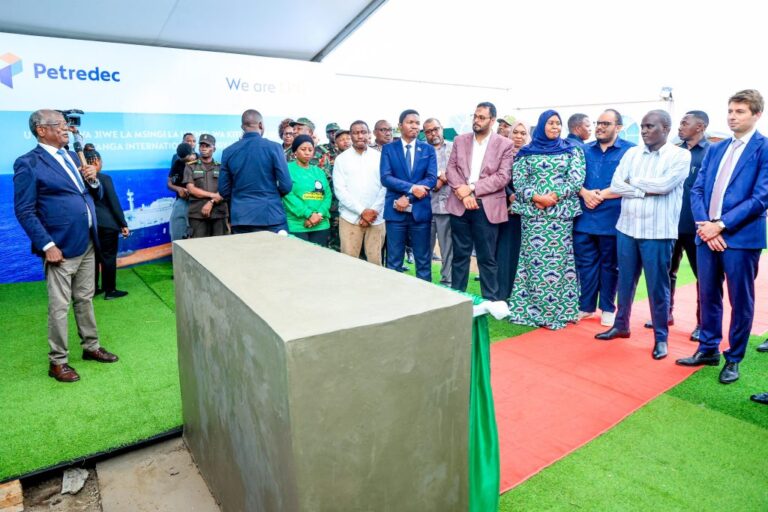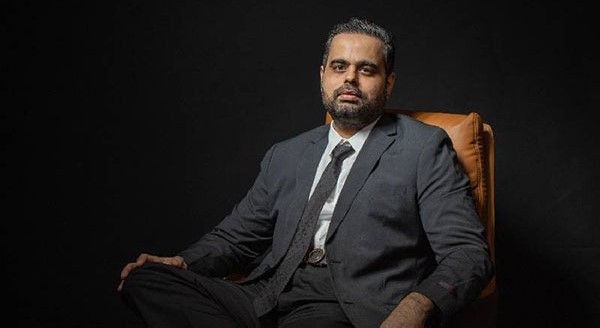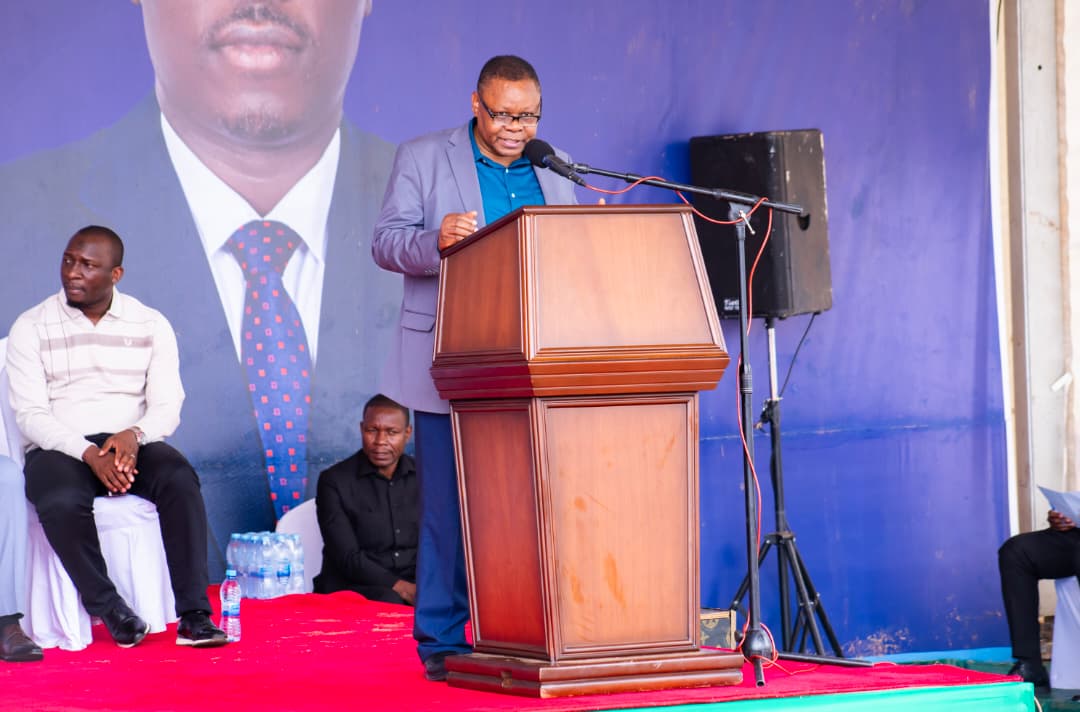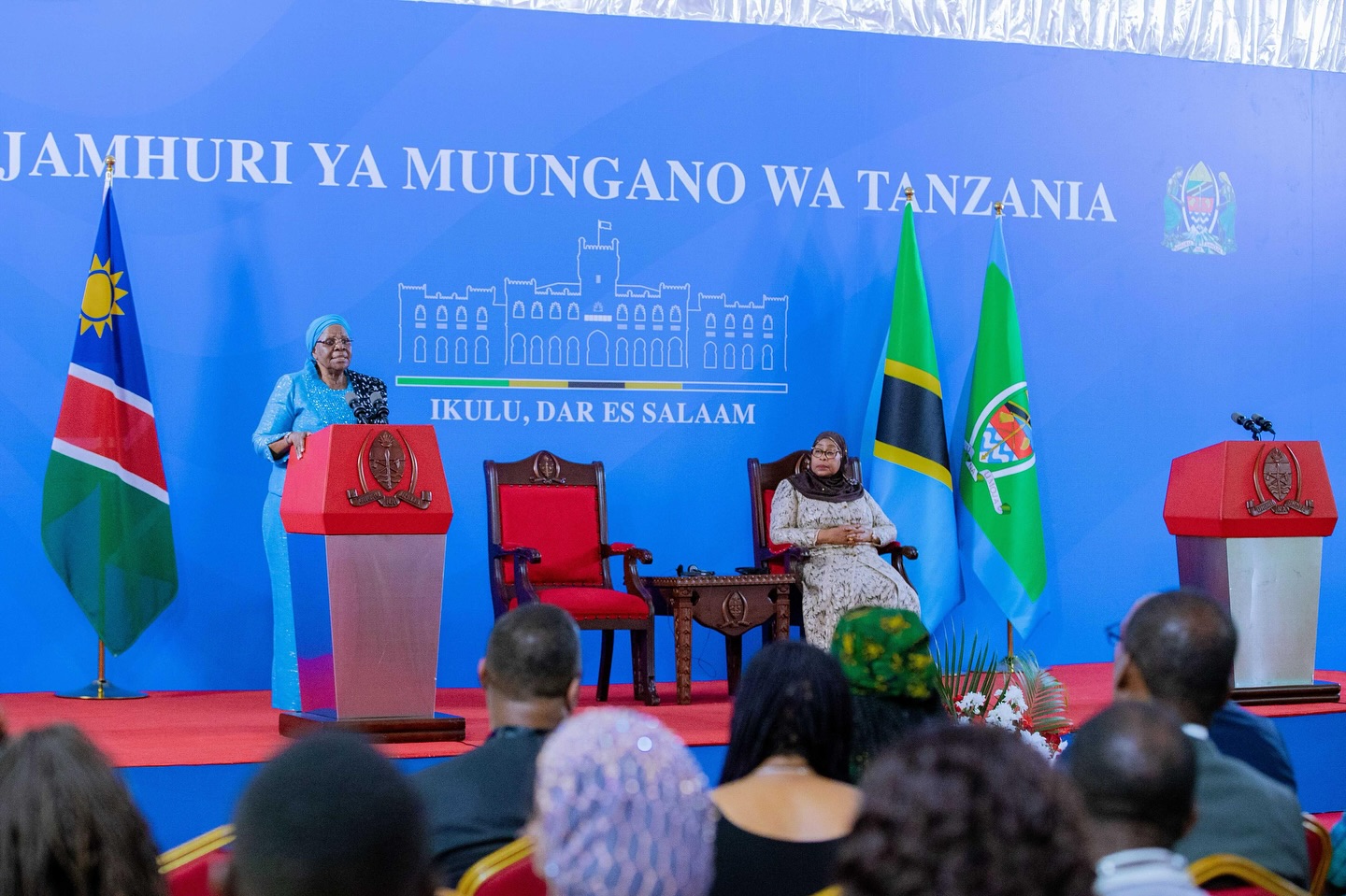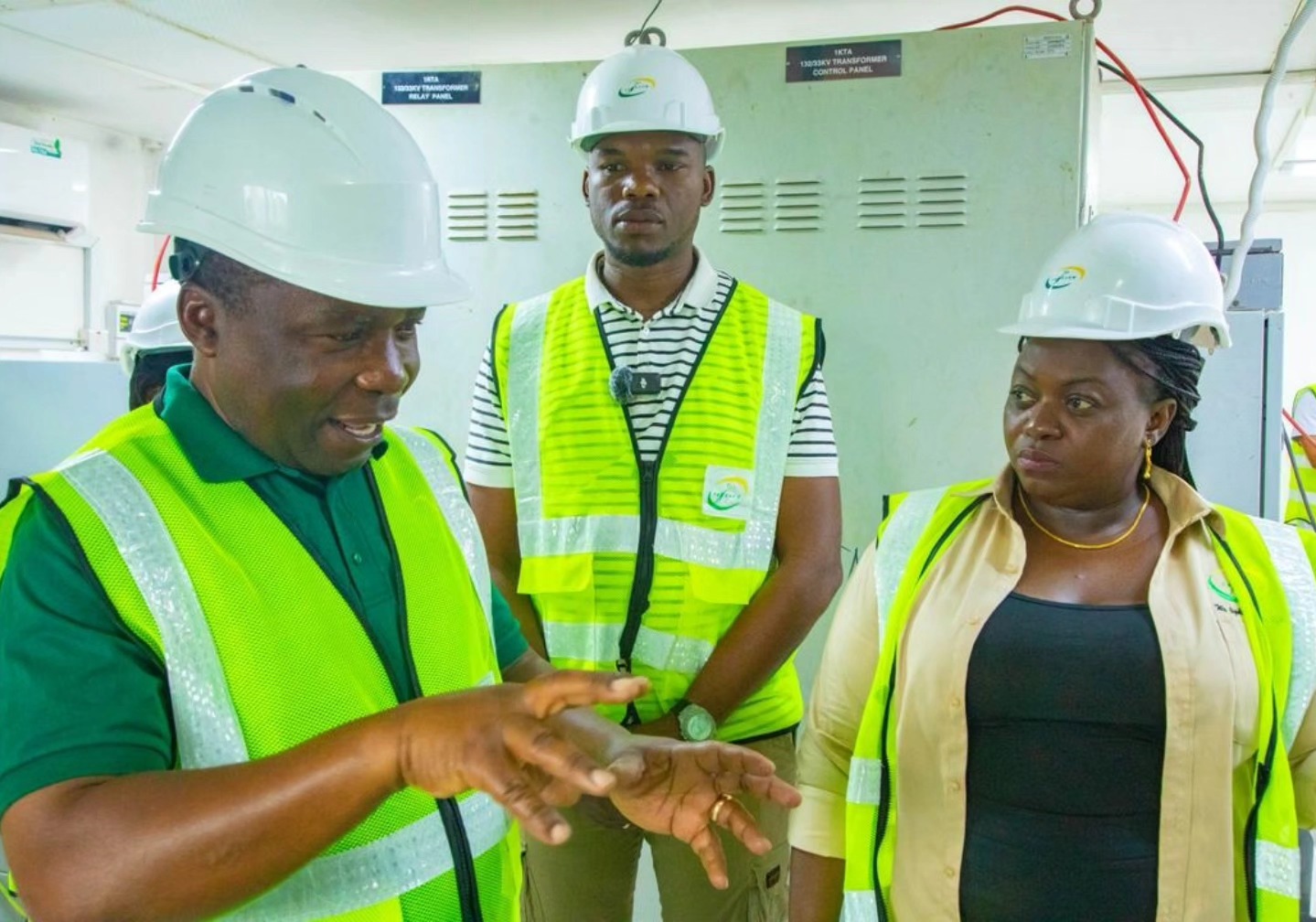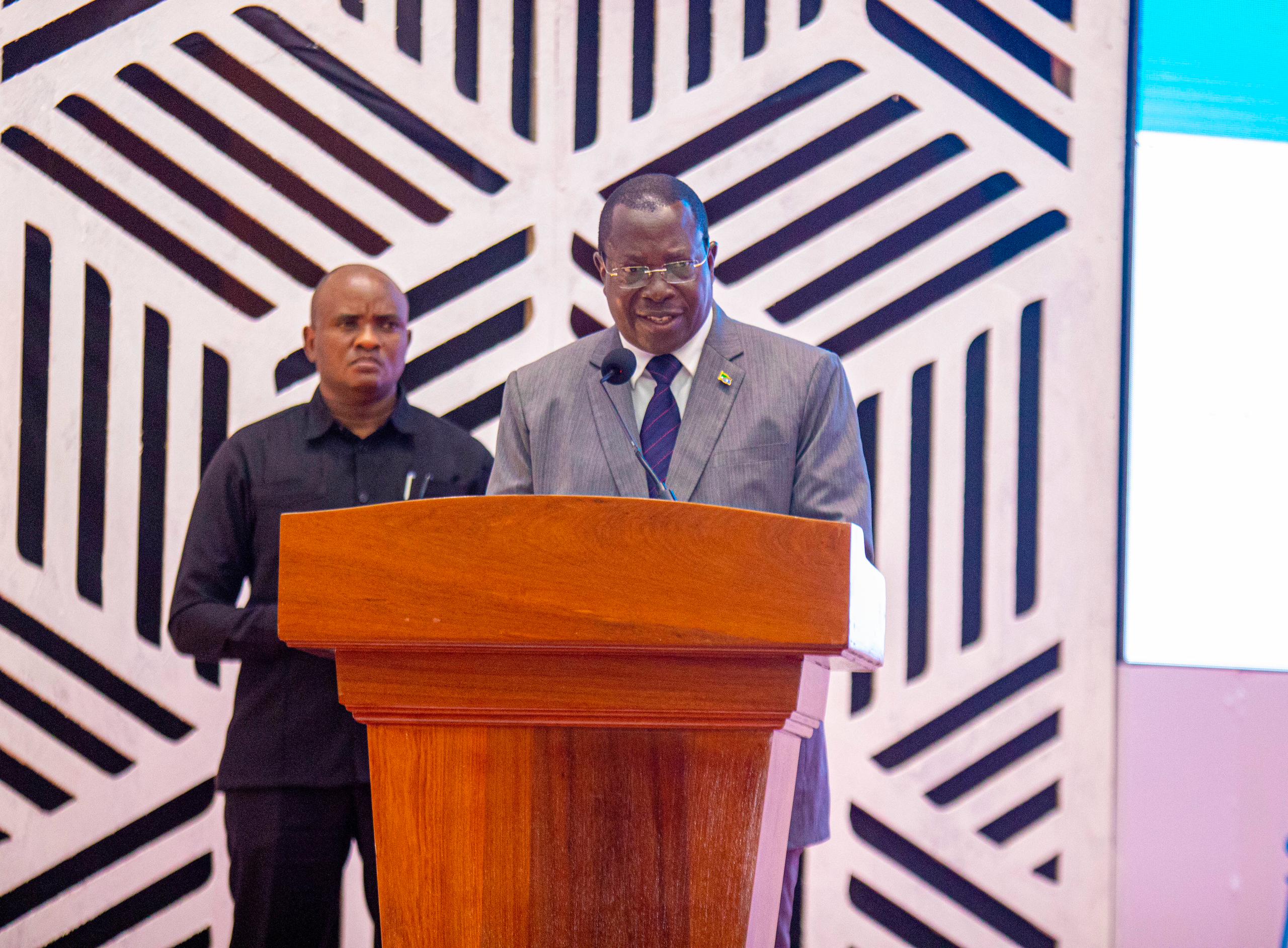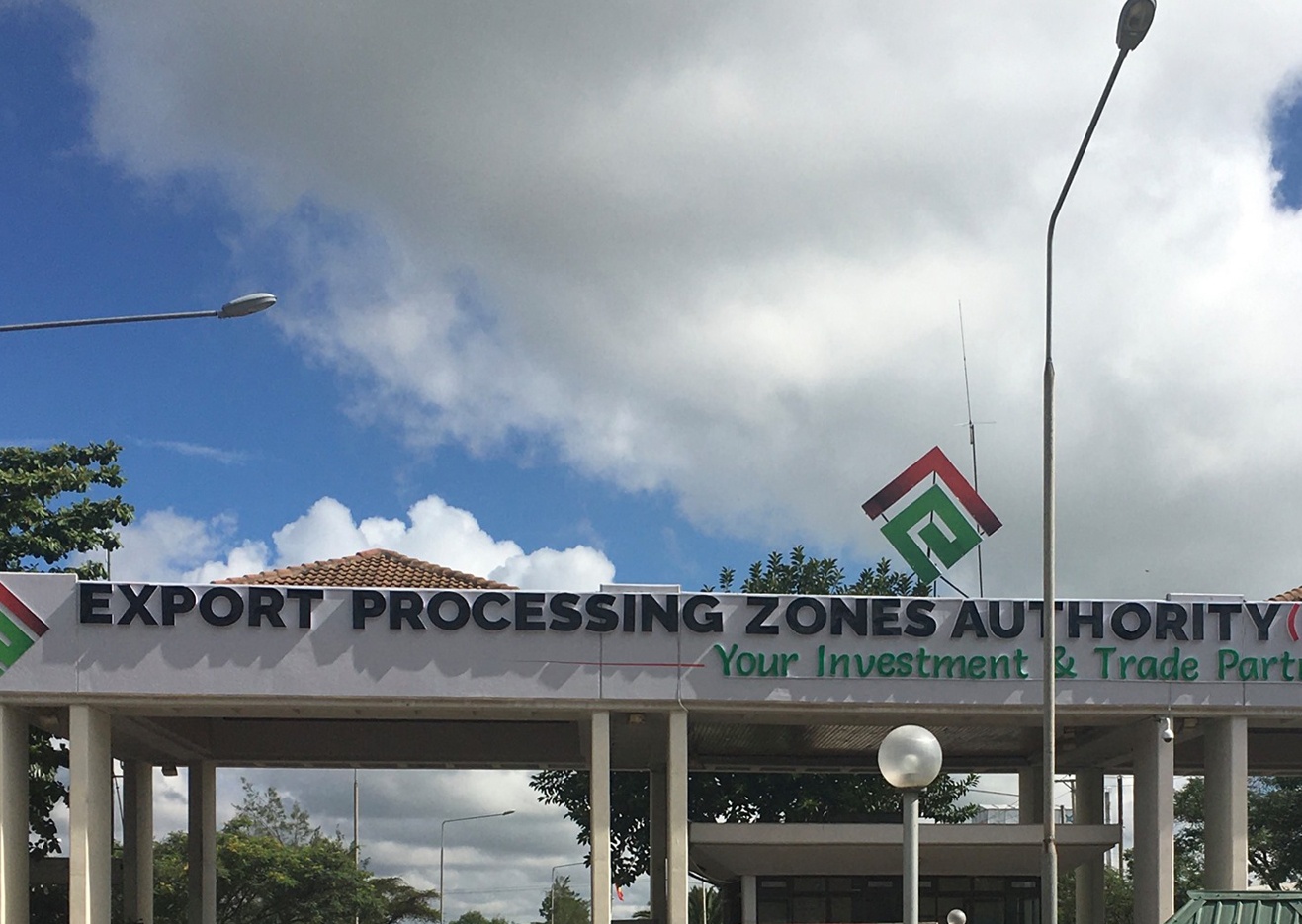Tanga. The construction of a major liquefied petroleum gas (LPG) terminal in Tanga is set to elevate the northern Tanzanian port city into a strategic energy hub for the East African region, with stakeholders hailing the development as a bold step towards energy transformation, industrial growth, and regional integration.
Speaking during the foundation stone-laying ceremony for the Tanga International Energy LPG project at Chongoleani Peninsula on June 5, Deputy Prime Minister and Minister for Energy, Dr Doto Biteko, called on investors to prioritise local employment in the implementation of the ambitious $100 million project.
“This project must become a model in ensuring that every job which can be done by a Tanzanian is given to a Tanzanian. We should have no reason to outsource labour from far afield,” he said, as he represented President Samia Suluhu Hassan at the high-profile event.
Expected to initially generate over 300 direct jobs and eventually employ more than 2,000 people, the facility is being developed jointly by Pretedec Company and Asas Group.
Once completed in 2027, it will be the largest LPG terminal in Tanzania, positioning the country as a major supplier of cooking gas to neighbouring countries such as Kenya, Uganda, Burundi and Zambia.
Tanga’s ascendance as an energy hub is also supported by its favourable geography.
The city’s proximity to the Kenyan border opens up immense cross-border trade opportunities, while the modernisation of Tanga Port further enhances its logistical capabilities.
The port upgrade, part of a broader national initiative to strengthen Tanzania’s maritime infrastructure, has improved cargo handling efficiency and support bulk exports of petroleum products.
Chongoleani is also the site earmarked for the East African Crude Oil Pipeline (EACOP) marine export terminal, a multi-billion-dollar infrastructure undertaking that includes a crude oil reception facility, storage tanks, metering systems, and a jetty extending 23 metres into Tanga Bay.
Dr Biteko used the opportunity to reiterate government commitment to clean cooking energy, citing a 38 percent surge in LPG usage in 2023/24 to over 403,000 tonnes, up from 293,000 tonnes in 2022/23.
He said the Rural Energy Agency (REA) was subsidising gas cylinders by up to 50 percent to encourage usage, having distributed 154,225 units by April 2025 out of a targeted 452,445.
“In Dodoma, on June 2, we launched the National Clean Cooking Energy Communication Strategy. This strategy will guide countrywide education campaigns aimed at raising awareness and increasing adoption of clean cooking energy, of which LPG is a key component,” he noted.
Dr Biteko also urged investors to explore innovative LPG distribution models for rural communities, such as pay-as-you-go solutions, to improve access and affordability.
Emphasising President Samia’s broader vision for Tanga, Dr Biteko said the Head of State envisions the region becoming a commercial hub for the East African Community.
He cited ongoing efforts to upgrade the Majani Mapana–Pemba power transmission line from 33kV to 132kV as one of many infrastructure projects to support that goal.
Minister for Industry and Trade, Dr Suleiman Jafo, praised the Ministry of Energy’s stewardship under Dr Biteko, saying the Tanga LPG project would enhance Tanzania’s role as a key gas exporter and energise industrial expansion.
For her part, Tanga Regional Commissioner, Ambassador Batilda Burian, said the project would internationalise the region, create employment, and increase both regional and national income.
Tanzania Oil and Gas Association (TOGA) Executive Director, Mr Abdulsamad Abdulrahim, said the project was a transformative energy solution for the region and a testament to local investor readiness.
“This project demonstrates the success of partnerships between local and foreign investors, thanks to a conducive investment environment created by the government,” he said.
Michael Dimond, representing Pretedec, underscored the environmental and health benefits of LPG, lauding President Samia’s commitment to achieving 80 percent access to clean cooking energy by 2034.
“Today marks a significant milestone in establishing a secure LPG supply framework for East Africa. This project is one of its kind in the country,” he stated.
Mr Ahmed Asas, representing Asas Group, highlighted the project’s broader economic potential, saying it would promote inclusive economic growth and contribute to the development of domestic industries.
In his closing remarks, Dr Biteko urged Tanzanians to participate fully in the upcoming General Election this October, and to support President Samia in her international campaign for clean energy adoption.
As Tanzania strides towards middle-income industrialisation, the Tanga International Energy project not only cements Tanga’s place on the regional energy map but also exemplifies the country’s drive for sustainable, inclusive, and forward-looking energy policies.

